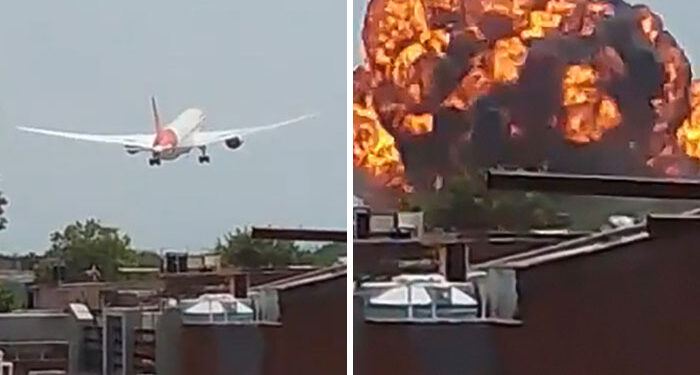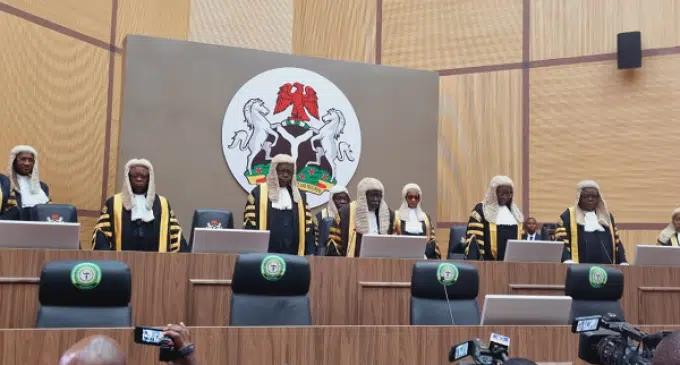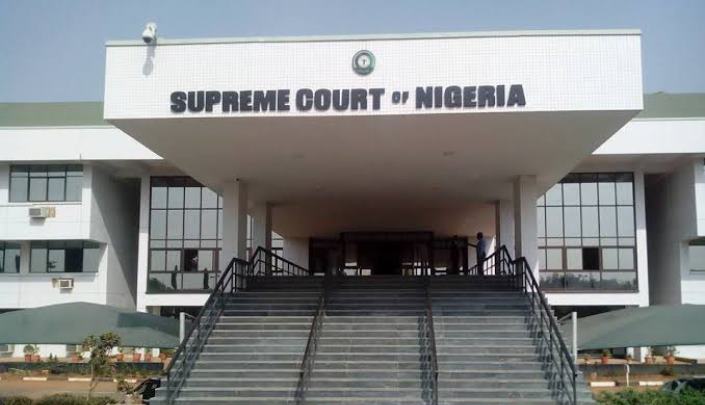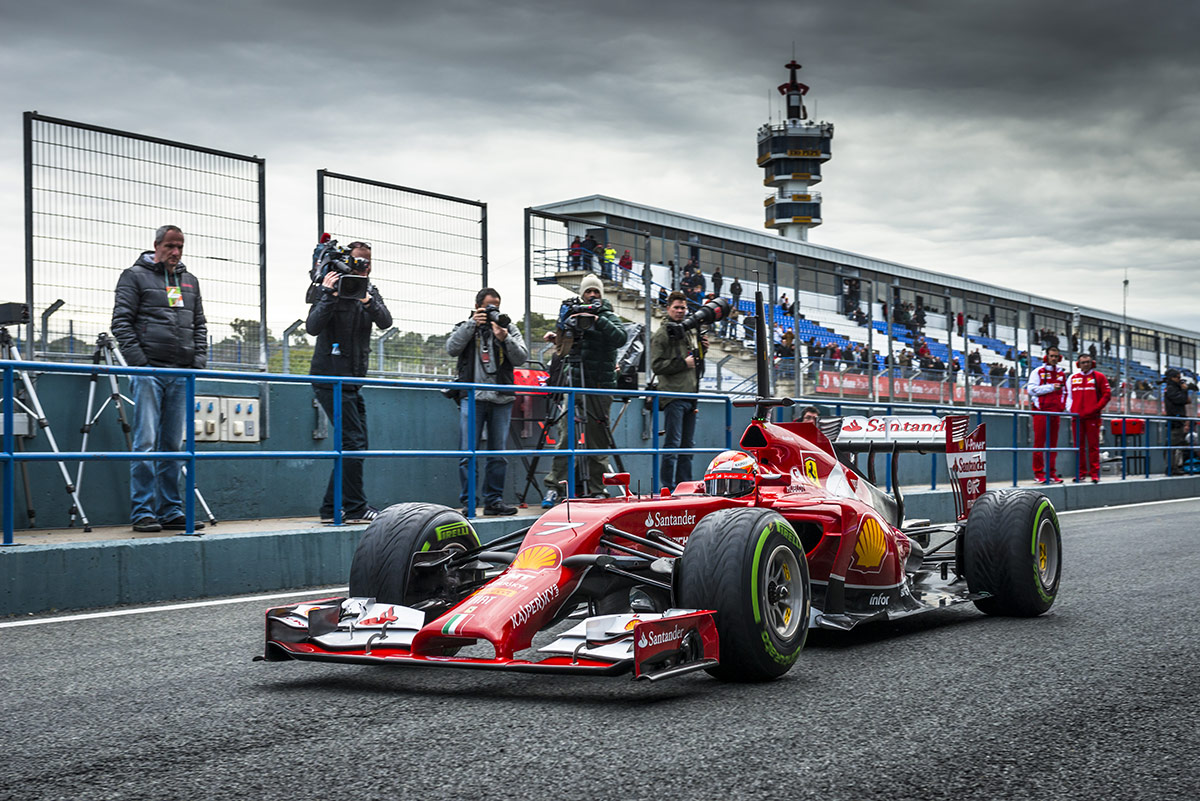Families of victims from the devastating Air India Flight 171 crash are grappling with new revelations after India’s preliminary investigation discovered that fuel supply to both engines was deliberately cut off just seconds after takeoff.
Indian investigators determined the Boeing 787 Dreamliner was properly configured and lifted off normally. But three seconds after takeoff, the engines’ fuel switches were cut off. The flight, bound for London Gatwick, crashed in a residential area of Ahmedabad on June 12, killing 260 people in total.
The preliminary report published by India’s Aircraft Accident Investigation Bureau reveals shocking details about the final moments of the doomed flight. The new information indicates that the switches controlling fuel to both engines entered the cutoff position early into the flight, causing the plane to lose thrust.
Perhaps most disturbing is the cockpit voice recording that captured a conversation between the pilots about the fuel controls before the crash. “In the cockpit voice recording, one of the pilots is heard asking the other why did he cutoff.” The other pilot reportedly responded that he did not do so, according to the 15-page investigation document.
The findings have left victims’ families with more questions than answers. Badasab Syed, 59, who lost his brother Inayat Syed, a 49-year-old IT professional, along with his sister-in-law and their two children in the tragedy, expressed his anguish to the BBC. He questioned whether the catastrophe was “avoidable” and said the report had only deepened his concerns about what truly happened aboard the aircraft.
The aircraft was carrying 230 passengers and 12 crew members; all but 1 passenger were killed. The crash also killed 19 people and injured 67 more on the ground. Among the passengers were 53 British nationals who perished in the disaster.
The Boeing 787-8 Dreamliner crashed into a hostel complex at Byramjee Jeejeebhoy Medical College, killing several students and residents on the ground. Only one passenger, a British-Indian man seated in seat 11A, survived the catastrophic impact.
The investigation’s report found that both engines shut down within the space of one second, leading to immediate loss of altitude. This rapid sequence of events left the pilots with virtually no time to respond to the emergency.
The preliminary report does not specify whether the fuel control switches were moved intentionally by a person or due to some other cause, leaving investigators to continue their probe into what caused this tragic sequence of events that resulted in one of India’s worst aviation disasters in recent decades.

















